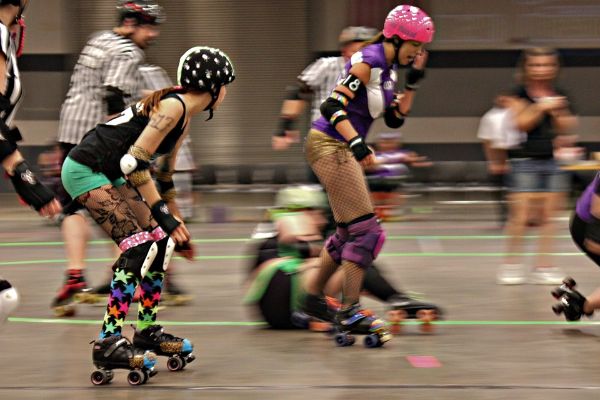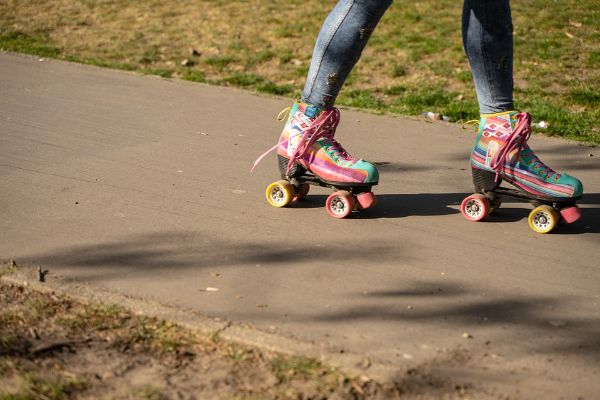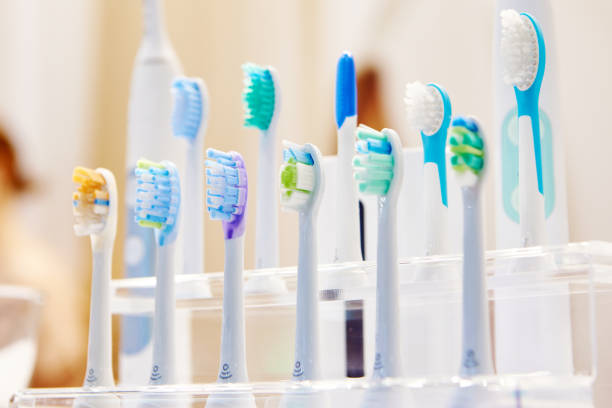Each type of skate is created with a particular objective in mind. Some are appropriate for regular skating where getting some exercise or simply enjoying a relaxing ride is the main event (e.g. fitness rollerblades and roller skates). Others are made for competition or use by more skilled users (e.g., speed, aggression, free skates, and derby). You will learn a lot about the different types of skates in this guide.
What Are the Differences Between Types of Skates?
The Boot
Different skate styles have different boot cuts. Low-cut boots are faster and more agile at the ankles, while high-cut boots provide more ankle support.
The Wheels
Larger, softer wheels are preferable for outdoor skating, whereas smaller, harder wheels are better for agility and tricks and are typically used for indoor skating.
Many beginner skates have hybrid wheels that can be used both indoors and outdoors.
The Plates
One of two materials—metals or nylon—is typically used to make plates. Skates that will likely experience high impact, such as those used for artistic skating, are made of metal because it is stronger. Since nylon is lighter but less durable, it is more likely to be used for skates where speed is crucial.
Toe-stop
Except for artistic or jam skates, all other types of skates have toe stops for safety. This may be fixed or movable.
Different Types of Skates
Speed Skates
These skates are extremely well-liked because of their design and their intended purpose of moving quickly. Speed skates have low-cut shoes (boots) that resemble tennis shoes in fit. Corner-turning is made easier by the low-cut design. Due to the flexibility in the ankles they offer, these skates are very well-liked for jam (dance) skating as well as, of course, speed skating. In order to allow skaters to skate faster and farther, these skates also have speed-style wheels and bearings (the component that makes your wheel spin).
Outdoor Skates
The wheels on outdoor skates are made specifically for skating outdoors, where the ground is typically less smooth. They are available with either low-top or high-top boots. The wheels, which are typically softer than indoor wheels, are essentially the only difference between an indoor skate and an outdoor skate.
Outdoor recreational wheels are softer and more absorbent which allows for a smoother ride over “not so smooth” surfaces like streets and paths that have cracks and debris.
There are wheels made specifically for park skating in the Outdoor Skates category, such as the Moxi Fundae wheels. Because park skating wheels are intended to be used on smooth concrete as you would find in a skate bowl, they are a little harder than traditional outdoor wheels. The Radar Crush wheels are among those made specifically for roller dancing outside. Because they are smaller than standard outdoor recreational wheels, these wheels enable quick transitions and spins.
Skaters prefer high-top boots with supportive, well-structured ankles for skate parks. Roller dancers, on the other hand, prefer to move more and will choose a boot with a low or high top that allows their ankles to bend. The boot style is entirely up to you and your personal preference if you only want to skate recreationally.
Indoor Skates
Rhythm skates, traditional skates, or artistic skates are all terms used to describe indoor skates. These traditional skates are designed for people who want to rhythm skate, skate in a skating rink, or perform artistic dancing (they resemble ice skates but have wheels instead of blades). High boots on these skates enable good control when executing spins or jumps. The narrower wheels enable easier turning and maneuverability.
Roller Derby Skates
Roller Derby is a competitive sport that has been around since the 1930s and is currently on the rise. These quad skates are made to withstand the abuse involved in the sport. Durability is necessary for roller derby skates, but they also need to be able to quickly ramp up their speed and maintain it through turns.
Kids Skates
Skates made specifically for young skaters are known as kids’ skates. Although they have a cool design, they are not as fast as other skates despite their cool appearance. In addition, children’s skating shoes are made to withstand the abuse that children subject their skates too!

Inline Skates
Shoes for inline skateboarding come in three varieties: recreational, racing, and roller hockey.
Recreational Skates
These recreational rollerblades also referred to as fitness skates, are made for skaters who want a good pair of skates to exercise in, typically outside. Due to the high tops on the shoes (boots), excellent foot and ankle support is provided. Incredibly comfortable roller skates allow the user to skate for longer periods of time.
Racing Skates
Skates made for racing are, quite simply, those that were made to move quickly. The shoe (boot) is made to fit as closely to your foot as possible, giving you the least amount of wind resistance. These skates’ wheels can be easily switched out, allowing the user to skate either inside or outside.
Roller Hockey Skates
These are skates designed specifically for roller hockey players. A lot of people enjoy playing roller hockey, especially kids and young adults. Because of the nature of the sport, these skates were made to withstand abuse.
Freeskates / Urban Skates
You should choose free skates if you want to participate in freestyle slalom or urban skating. They are designed specifically to help you navigate the tight turns that are present in urban settings and in slalom, where you have to execute a number of dancing maneuvers. They are usually not equipped with a brake and are very maneuverable. In urban environments, free skates are also used for stunts. They are appropriate for more seasoned riders. Additionally, free skates should be used instead of fitness skates if you weigh more than 100 kg and want to skate for recreation or exercise.
Artistic/Rhythm Skates
As was already mentioned, artistic skates are simply another name for indoor roller skates. Due to the brand you’re buying from and/or the store you’re buying from, you may occasionally see them specifically marketed as artistic. The boots closely resemble those used for ice skating or figure skating.
This colloquial name for roller skates used indoors only serves to convey the primary activity that most people use these particular models of skates. The same can be said of “rhythm skates”, with that name simply reflecting the maneuverability needed when carrying out a dance routine while skating.
Jam Skates
Jam skates are simply speeding skates, similar to indoor skates and their creative moniker.
Jam skating, which is similar to the disco heyday of the roller skating craze, is a distinctive combination of dance, roller skating, and gymnastics. Given their speed and flexibility, it stands to reason that these skates are preferred.
Conclusion
There are many more options available in the world of roller skates than just quad skates for indoor and outdoor use. Although there are many variations, many of the names and types we come across function the same way as other types of boots, for example, indoor and artistic skating boots.
You must consider both your skill levels and the primary activity you will be engaging in when choosing the right type for you. Do you plan to use your skates primarily for skating outdoors or do you want to be able to dance in them?
Once you are aware of these specifics, buying the appropriate roller skates won’t be too difficult.




